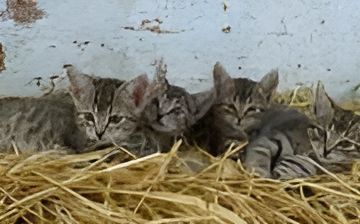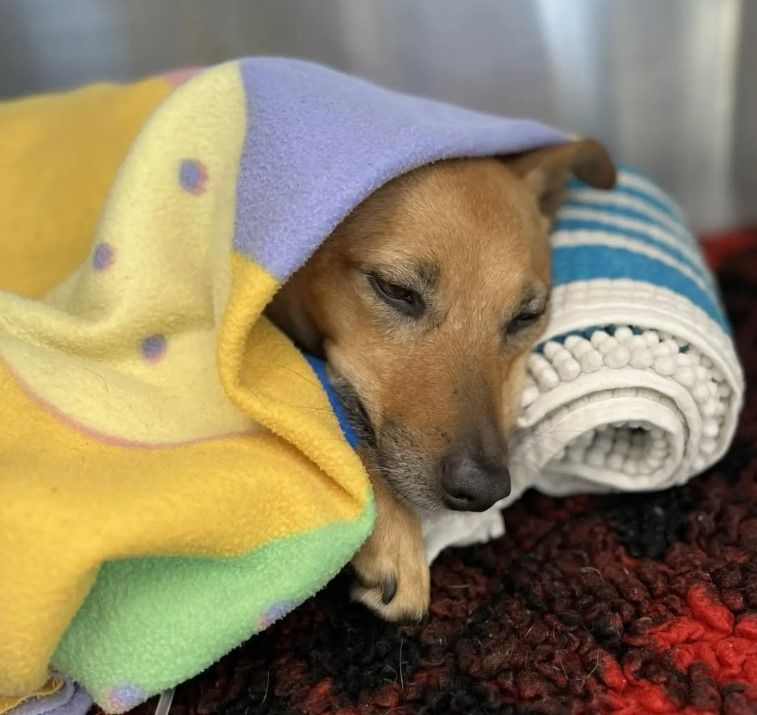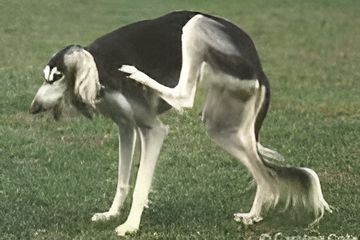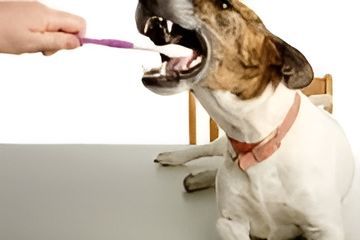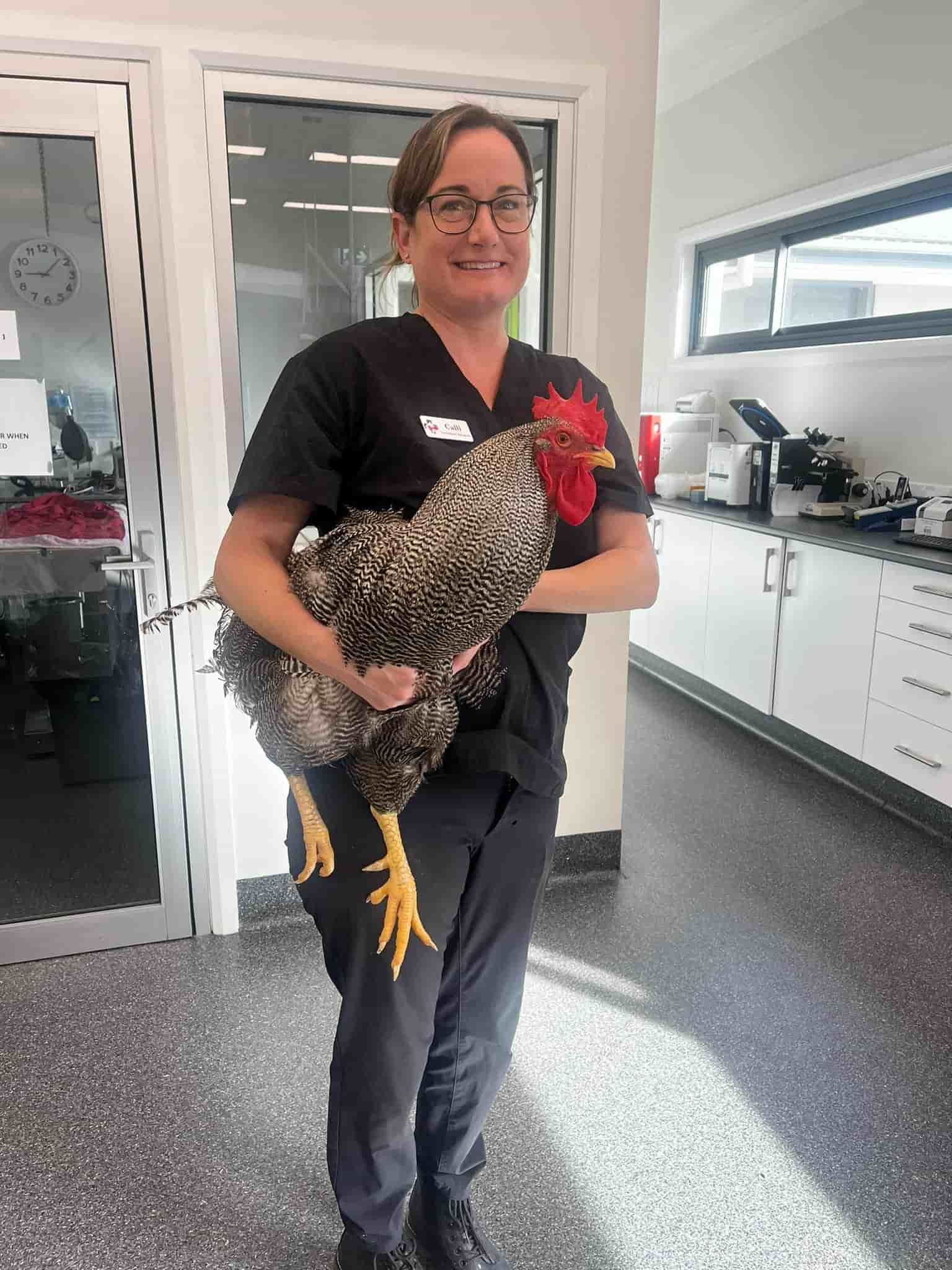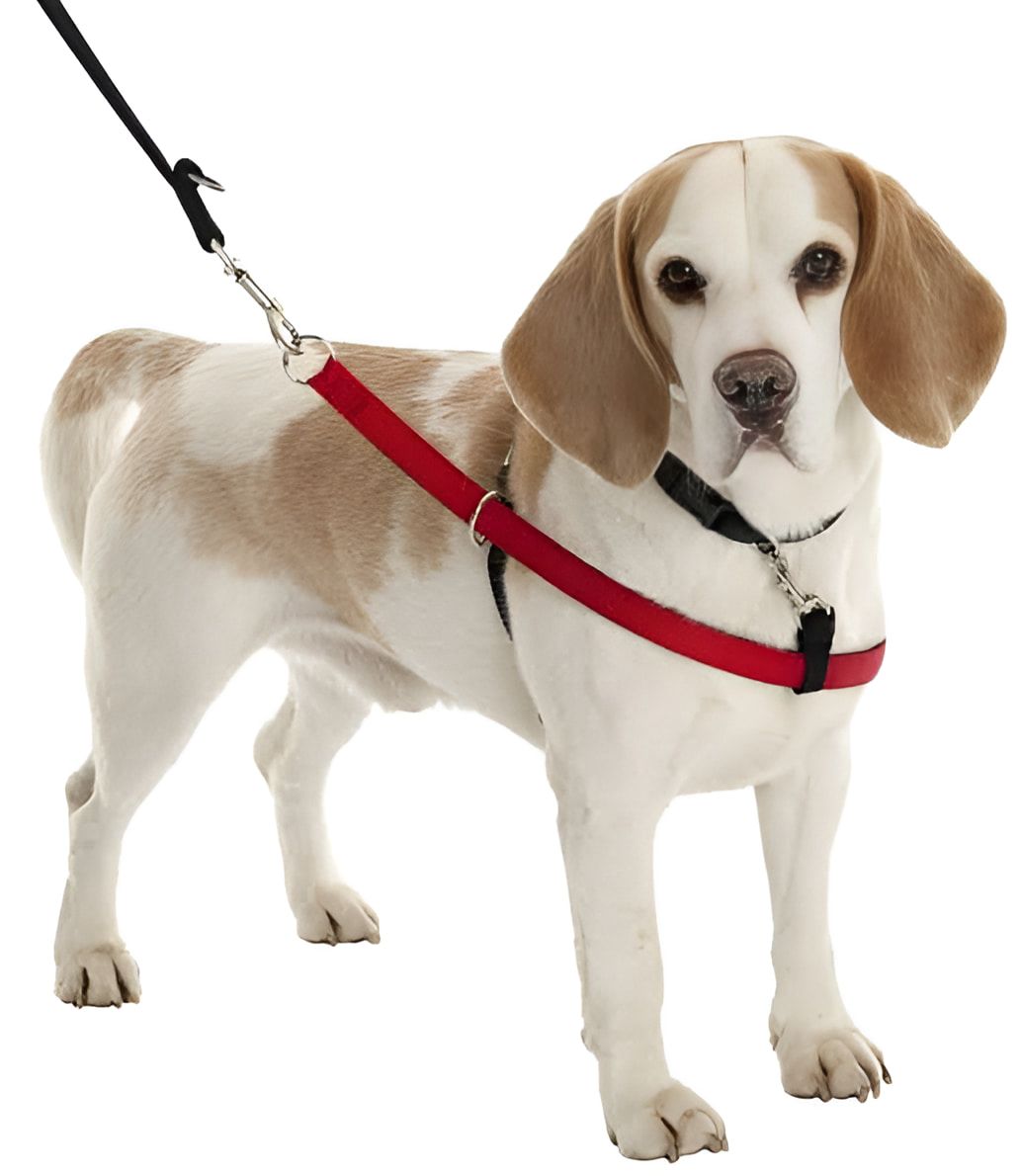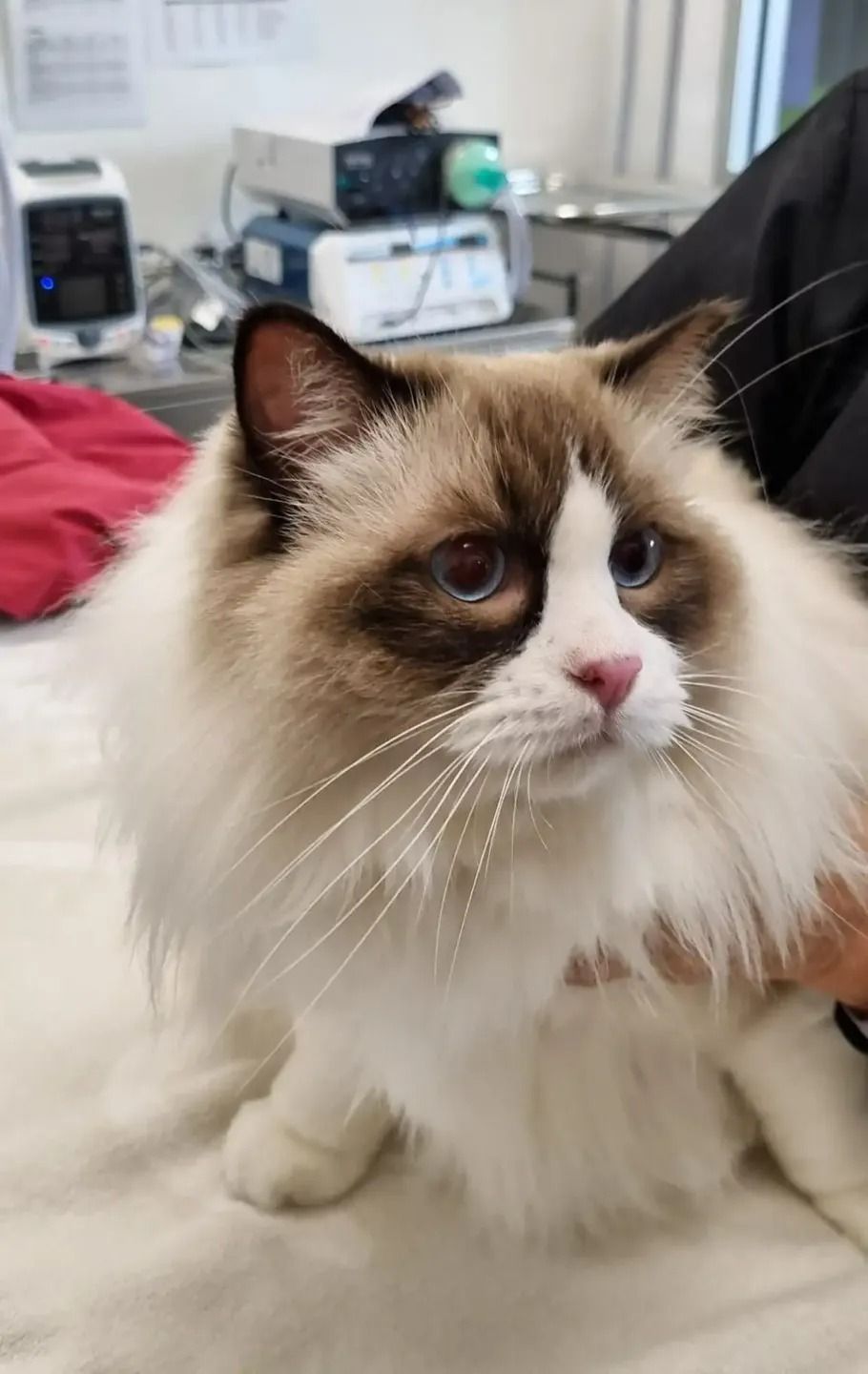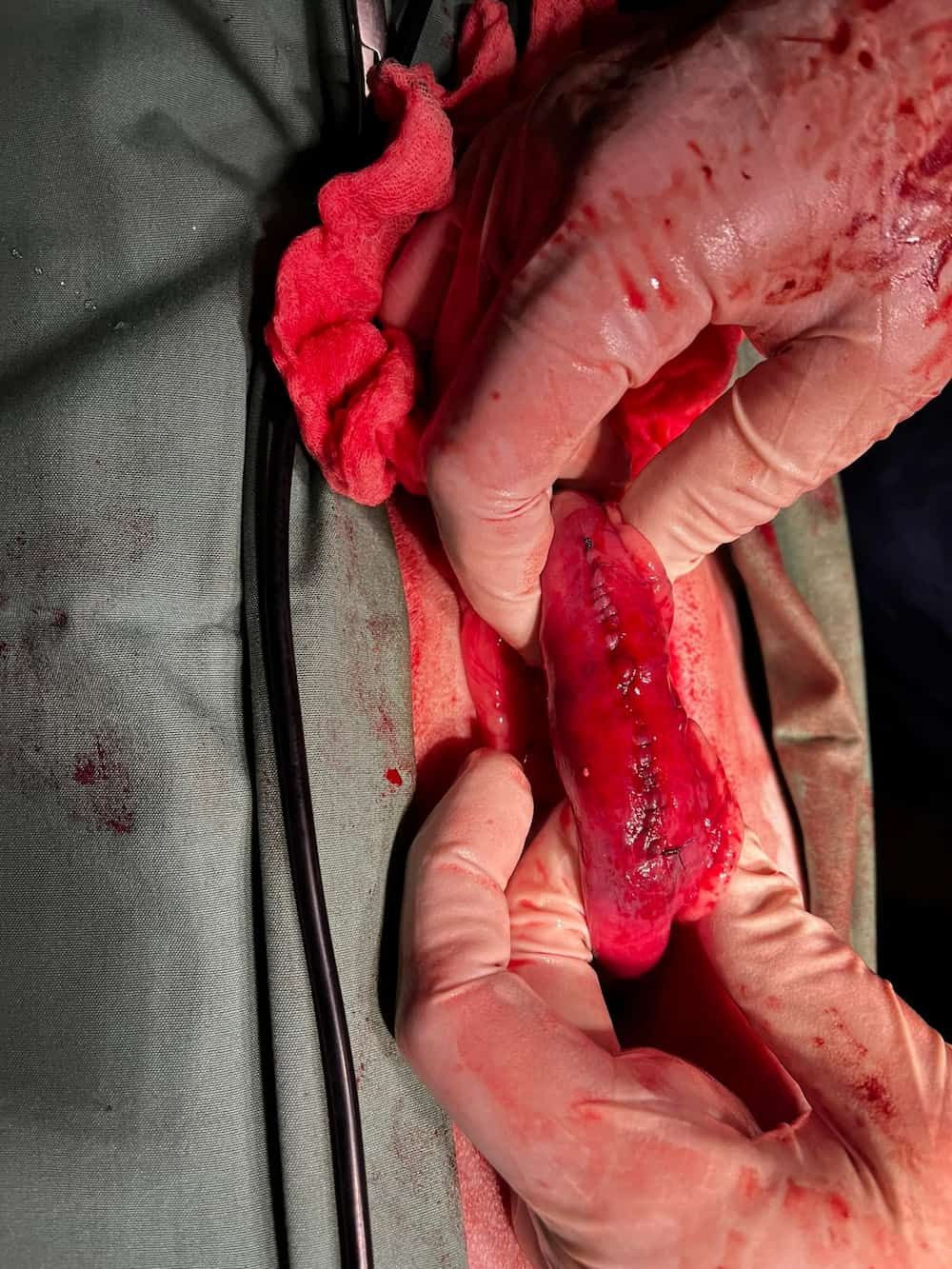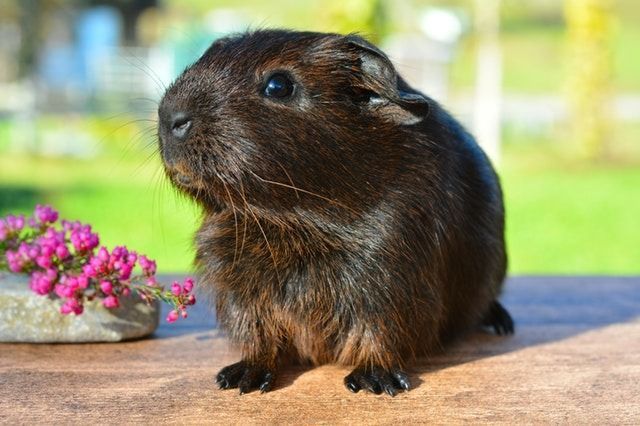Bone Groan
Osteoarthritis in dogs and cats
If only our pets could talk! What messages do we miss by not being able to fully understand what they are thinking and feeling? If there is one message that owners miss more than any other it is when a dog or cat is feeling pain, and the most under-recognised, pain-inducing condition in dogs and cats is osteoarthritis.
When the cold, cruel chills of winter are approaching, it’s time for all pet owners to look critically at their pets to detect the early signs of painful arthritis.
Arthritis is common in pets
Arthritis is more common than most pet owners realise. Overall, one in five dogs suffers the disease, but in dogs more than six years old, 65% are sufferers. The pain an arthritic pet experiences is comparable to that experienced by affected humans but the problem lies in a pet’s inability to communicate this pain to us. The limping and stiffness seen are often put down to old age and owners therefore assume the pain a pet shows is normal and that treatment is not necessary. This is certainly not true and there are many treatment options available but, sadly, the majority of dogs and cats with arthritis have their condition undiagnosed and untreated.
What to look for
Arthritis makes movement painful. So, affected pets hobble around the house, struggle up and down stairs and work especially hard to get to their feet in the chilly mornings.
Arthritic dogs or cats will be reluctant to exercise and are less likely to jump or play. Dogs are less likely to chase balls and will have difficulty jumping into the car when going on trips.
Dogs and cats have difficulty in rising after resting, although after they have struggled to their feet, they tend to move more freely as they ‘warm up’. When resting, a dog will often constantly lick, and sometimes even bite, an affected joint due to the pain the pet is experiencing in that joint.
Dogs with arthritis will often lag behind during walks and they may limp. They have a stiff, stilted gait and show an exaggerated swinging of their hips as they walk. Some will yelp with pain when touched. Many dogs will start to soil the house because it is too difficult to go outside and cats will often have difficulty using their litter tray with accuracy and will regularly soil over the edge of the tray.
Some pets will become aggressive if they are disturbed or when owners or children try to move them.
Affected cats have reduced flexibility and therefore have problems grooming themselves so they often look untidy.
In summary, an animal with untreated arthritis is in continual pain and has a reduced quality of life.
What should you do?
Ideally you should act before the winter chills set in. Your veterinarian will be able to tell if the stiffness and pain your pet is showing are due to arthritis. X-rays and sometimes even blood tests may be needed to confirm a diagnosis.
Obesity contributes significantly to the pain arthritic pets experience. To reduce the stress and strain on your pet’s joints, your vet is sure to advise keeping your dog or cat in trim condition. A pet’s weight can be reduced by feeding it a low calorie diet. Your veterinarian will be able to help with that.
Careful exercise is also important but don’t overdo it because you will place strain on the damaged joints. One of the complications of arthritis is that the muscles in the affected legs wither away because the pet is too sore to exercise. Gentle exercise will prevent that. Try to involve your dog in ‘low impact’ exercise such as swimming. If this is not possible, then gentle walking is good. Avoid running and jumping.
Your veterinarian is likely to use medication to reduce the pain and to give your dog back some quality of life. There are a wide variety of medications available but one of the most convenient is available as a beef-flavoured chewable treat. The newer medications actually help to rebuild some of the damaged cartilage and they also stop further cartilage destruction. Compared to some older preparations, the newer ones are very gentle to the stomach.
While approximately 80% of dogs improve with medical treatment, the medications do not cure the arthritis. In many cases, animals affected by arthritis will need to be on medication for the rest of their lives.
In cold weather arthritis is always worse. Make sure your dog has comfortable bedding and a warm place to sleep. Consider a dog coat to keep your pooch comfortable and if it is an outside dog, ensure it has a warm kennel with a raised floor.
Don’t forget, treatment for arthritis before winter chills creep into your pet’s bones, is the key to a pain-free winter.
By Dr Cam Day BVSc

